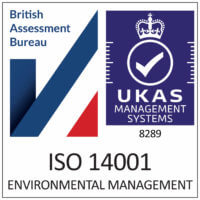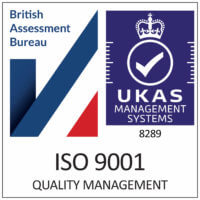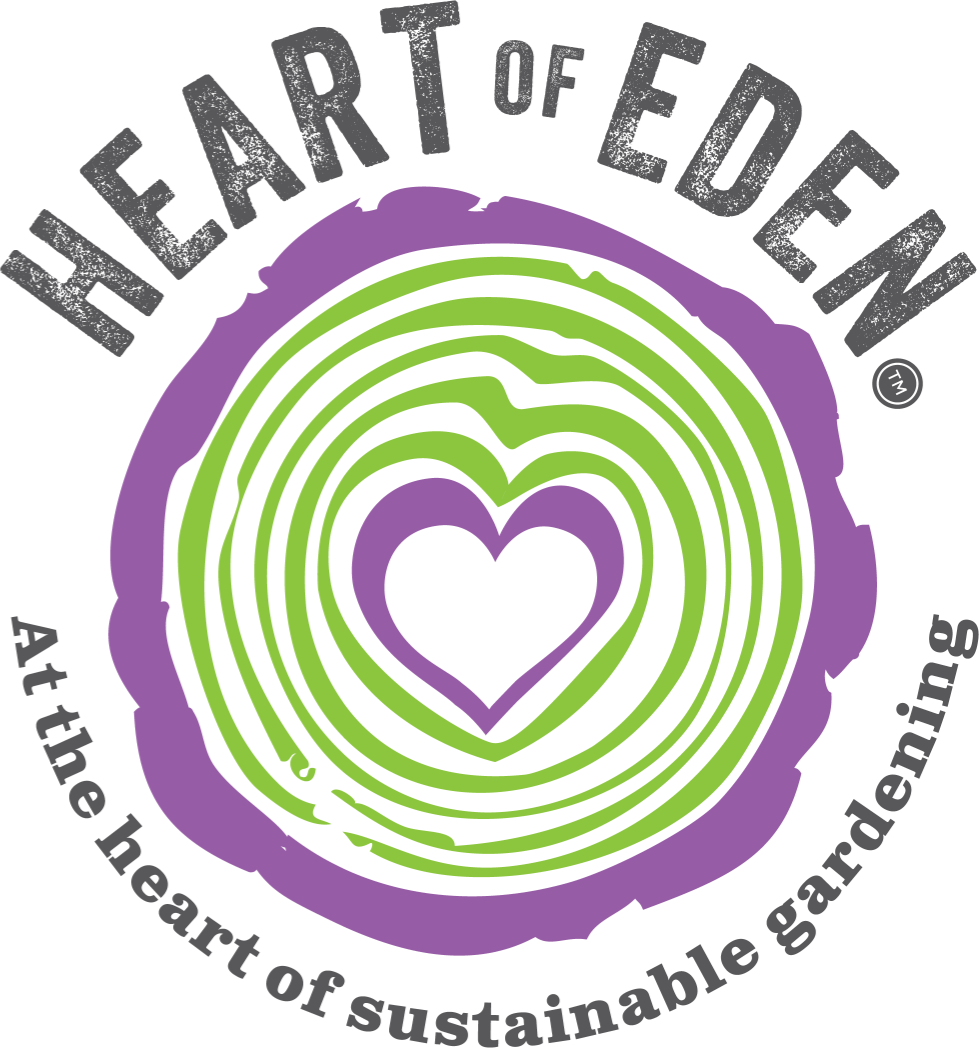Improving Drainage with Peat-Free All-Purpose Compost
Oct 11th 2023
If you’re struggling with poor drainage in your garden and looking for a natural solution, peat-free all-purpose compost might just be the answer you’ve been seeking. This versatile alternative to traditional peat-based compost not only helps your plants thrive, but it also aids in improving the drainage of your soil. By harnessing the power of organic matter, this compost allows water to flow more freely through the soil, preventing waterlogging and ensuring the roots of your plants stay healthy and happy. Say goodbye to soggy soil and hello to a garden that flourishes with the help of peat-free all-purpose compost.
Understanding Drainage
What is drainage?
Drainage refers to the movement of excess water away from an area, preventing waterlogged soil and standing water. It is an essential aspect of maintaining a healthy and thriving garden or potted plants. Without proper drainage, plants can suffer from root rot, nutrient deficiencies, and overall poor growth.
Importance of good drainage
Good drainage is vital for the health of plants as it allows water to move freely through the soil, carrying away excess water and preventing waterlogged conditions. When the soil has adequate drainage, oxygen can reach the roots, promoting healthy root development. Additionally, proper drainage helps to prevent the accumulation of salts and other minerals in the soil, which can harm plant roots and overall plant health.
Signs of poor drainage
Identifying poor drainage is crucial to address the issue promptly. Some common signs of poor drainage include:
- Standing water or puddles in the garden or around potted plants.
- Slow drainage after rainfall or irrigation.
- Waterlogged soil, which feels wet and heavy even days after watering.
- Yellowing or wilting leaves, indicating root suffocation.
- Mold or fungus growth on the soil surface.
Recognizing these signs can help you take the necessary steps to improve drainage and prevent further plant damage.
The Role of Compost
What is peat-free all-purpose compost?
Peat-free all-purpose compost is a blend of organic materials that can be used to improve the quality and health of the soil. It is an eco-friendly alternative to traditional compost that contains peat, which is a non-renewable resource. Peat-free compost typically consists of a mixture of organic materials. It provides essential nutrients, improves soil structure, and promotes better drainage.
Benefits of peat-free compost
Using peat-free all-purpose compost offers several benefits for your garden and potted plants:
- Improved drainage: Peat-free compost contains coarse materials like composted bark that help create air pockets in the soil, promoting better drainage.
- Nutrient-rich: Composted organic matter in peat-free compost contributes to soil fertility, providing essential nutrients for plant growth and development.
- Sustainable choice: By opting for peat-free compost, you contribute to the conservation of peatlands, which are important ecosystems that play a role in carbon storage and biodiversity.
- Climate-friendly: Peatlands store large amounts of carbon, and harvesting peat releases carbon dioxide into the atmosphere. Using peat-free compost helps reduce carbon emissions and mitigate climate change.
Using compost to improve drainage
One of the key benefits of peat-free compost is its ability to improve drainage in gardens and potted plants. To utilize compost for drainage improvement, follow these steps:
- Prepare the soil by identifying problem areas, clearing debris, and loosening compacted soil.
- Determine the amount of compost needed based on the size of the area or pot. Generally, a 2-3 inch layer of compost is sufficient.
- Properly incorporate the compost into the soil by mixing it thoroughly with a garden fork or shovel. Ensure an even distribution of compost throughout the soil.
- Create a balanced soil composition by combining the compost with existing soil or other amendments as required. This will ensure optimal growing conditions for plants.
By incorporating peat-free compost into your garden or potted plants, you can improve drainage and create a healthy and thriving growing environment.
Preparing the Soil
Identifying problem areas
Before improving drainage, identify problem areas in your garden where water tends to collect or stay stagnant. Look for puddles or areas where plants show signs of water stress. These problem areas could be low-lying or have compacted soil, which hinders water movement.
Clearing debris and weeds
Clearing any debris, such as leaves or branches, is essential for good drainage. These materials can block water flow and contribute to waterlogged conditions. Additionally, remove any weeds that may be competing with your plants for water and nutrients. Weeds can also impede proper drainage by creating dense root systems.
Loosening compacted soil
Compacted soil is a common cause of poor drainage. Use a garden fork or tiller to loosen the soil in problem areas, breaking up compacted layers and allowing for better water infiltration. Aerating the soil improves airflow and provides space for water to move freely, preventing waterlogging.
By preparing the soil properly, you create a more favorable environment for plant growth and ensure effective drainage.
Mixing in Compost
Determining the amount of compost needed
To determine the amount of compost needed, consider the area you want to improve and the depth at which you want to incorporate compost. As a general guideline, a 2-3 inch layer of compost is suitable for most garden beds. However, for potted plants, consider the size of the container and aim to fill it with a mixture of around 20-30% compost.
Properly incorporating compost into the soil
To effectively incorporate compost into the soil, follow these steps:
- Spread the compost evenly over the area you want to improve, ensuring a uniform layer.
- Use a garden fork or shovel to mix the compost into the soil. Work the compost into the top 6-8 inches of soil, ensuring it is evenly distributed.
- Break up any large clumps of compost and blend it thoroughly with the existing soil.
- Avoid compacting the soil while mixing to maintain good soil structure and maximize drainage.
Enhancing Drainage for Potted Plants
Selecting appropriate pots and containers
When choosing pots and containers for your plants, prioritize those with proper drainage features. Look for containers with drainage holes in the bottom, allowing excess water to drain out freely. Avoid pots made of non-permeable materials like plastic or ceramic without drainage holes, as they can trap water and lead to waterlogged soil.
Creating drainage holes
If your chosen pot or container does not have pre-drilled drainage holes, you can create them yourself. Use a drill with the appropriate-sized bit to make several small holes in the bottom of the container. These holes will allow excess water to escape, preventing waterlogging and ensuring proper drainage for your potted plants.
Using compost as a potting medium
To enhance drainage and provide essential nutrients, use peat-free compost as a potting medium for your plants. By selecting the right pots, creating drainage holes, and using compost as a potting medium, you can ensure proper drainage and promote healthy growth for your potted plants.
Implementing Drainage Solutions in Gardens
Building raised beds
Raised beds are an effective solution for improving drainage in gardens, particularly if you have heavy clay soil or low-lying areas prone to waterlogging. Building raised beds involves constructing a raised framework, usually made of wood or stone, and filling it with a well-draining soil mixture. This elevated structure allows excess water to drain away more efficiently, reducing the risk of waterlogged conditions and providing an ideal growing environment for plants.
Installing drainage pipes
In areas with persistent poor drainage, installing drainage pipes can help remove excess water from the soil. This solution is particularly useful in gardens with compacted clay soil that tends to retain water. First, dig a trench where the drainage pipe will be placed, sloping it slightly to direct water flow. Lay the drainage pipe in the trench and cover it with a layer of gravel or crushed stone. This setup allows water to enter the drainage pipe and flow away from the problem area, improving overall garden drainage.
Creating a gradient for improved water flow
If your garden has a relatively flat or low-lying terrain, creating a gradient can significantly enhance drainage. By gradually sloping the ground away from your house or problem areas, you ensure that water naturally flows downhill and away from the garden. Use a shovel or garden tools to dig shallow trenches or gently adjust the soil’s slope. This simple method encourages proper water flow and prevents waterlogging.
By implementing these drainage solutions in your garden, you can mitigate water-related issues and create a healthier growing environment for your plants.
Monitoring and Watering Techniques
Avoiding overwatering
Overwatering is a common mistake that can lead to poor drainage and root rot. To avoid overwatering, follow these tips:
- Water deeply and less frequently rather than frequent shallow watering. This encourages plant roots to grow deeper, promoting better drainage.
- Allow the soil to dry out slightly between watering sessions to prevent waterlogging.
- Use the finger test to gauge soil moisture levels before each watering. If the soil is still moist, postpone watering to prevent overhydration.
Proper watering methods
To promote proper drainage and water uptake by plants, use the following watering techniques:
- Direct water to the base of the plants rather than spraying foliage, as this reduces excessive moisture and potential diseases.
- Water early in the day to allow excess moisture to evaporate and prevent prolonged wet conditions.
- Consider using drip irrigation or soaker hoses, which deliver water directly to the root zone, minimizing water loss through runoff.
By monitoring soil moisture levels, avoiding overwatering, and utilizing proper watering techniques, you can maintain optimal drainage and prevent water-related plant problems.
Additional Tips for Drainage Improvement
Regular maintenance and soil assessment
Regular maintenance is crucial for maintaining good drainage. Conduct periodic soil assessments to identify any changes in soil structure, composition, or drainage. Remove any debris or organic matter that may accumulate on the surface, as it can impede water movement. Additionally, remove weeds promptly to prevent them from competing with plants for water and nutrients.
Experimenting and Adjusting
Observing the effects of compost on drainage
As you implement drainage improvement techniques and incorporate peat-free compost, take the opportunity to observe and appreciate the effects on your plants and soil. Monitor the overall health and growth of your plants, looking for signs of improved drainage, such as reduced water stress or increased vibrancy. Take note of any changes in the soil, such as better crumb structure or increased earthworm activity, indicating improved drainage.
Making necessary adjustments
Every garden and plant has unique needs, so it may be necessary to make adjustments based on your observations. If you notice that drainage is still inadequate in certain areas, consider adding more compost or making slight changes to the soil composition. Adjustments may also be necessary based on the specific plants you are growing and their individual drainage requirements.
Recording and analyzing results
Keep a garden journal or record of your drainage improvement efforts to track your progress and identify what works best for your specific situation. Document the adjustments made, the outcomes observed, and any notes on plant health or growth. By analyzing the results over time, you can refine your approach and continue to improve drainage in your garden.
Remember, improving drainage is an ongoing process that requires observation, adjustment, and constant care. By experimenting, making necessary adjustments, and carefully recording your results, you can create an optimal growing environment with improved drainage for your plants.
In conclusion, peat-free all-purpose compost can indeed be used to improve drainage in gardens and potted plants. Its ability to enhance soil structure, promote better water movement, and provide essential nutrients makes it an excellent choice for those seeking to improve their garden’s health. By understanding drainage, choosing the right compost, preparing the soil, incorporating compost, and implementing appropriate drainage solutions, you can create a garden that thrives with optimal drainage. Regular monitoring, proper watering techniques, and additional tips for drainage improvement further contribute to the success of your gardening endeavors. So go ahead, embrace the benefits of peat-free all-purpose compost, experiment, and enjoy the rewards of a well-drained and flourishing garden.






